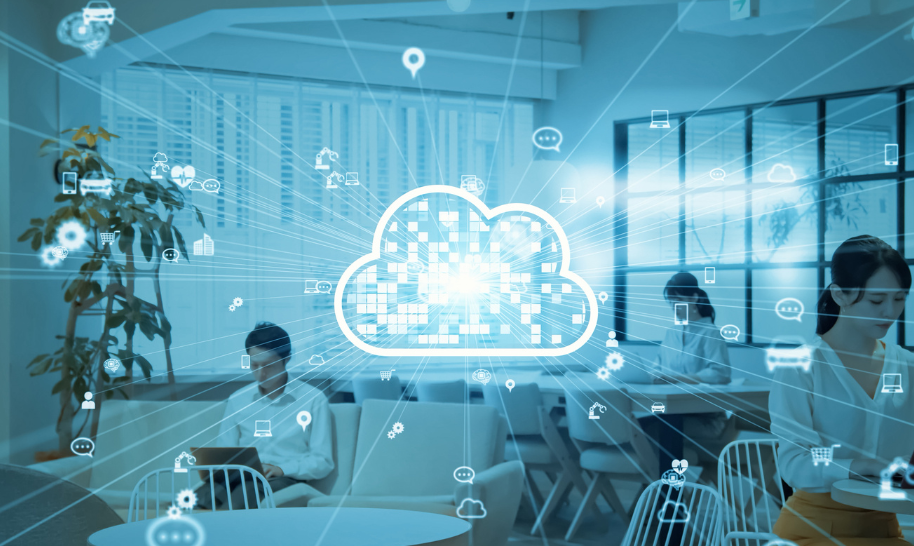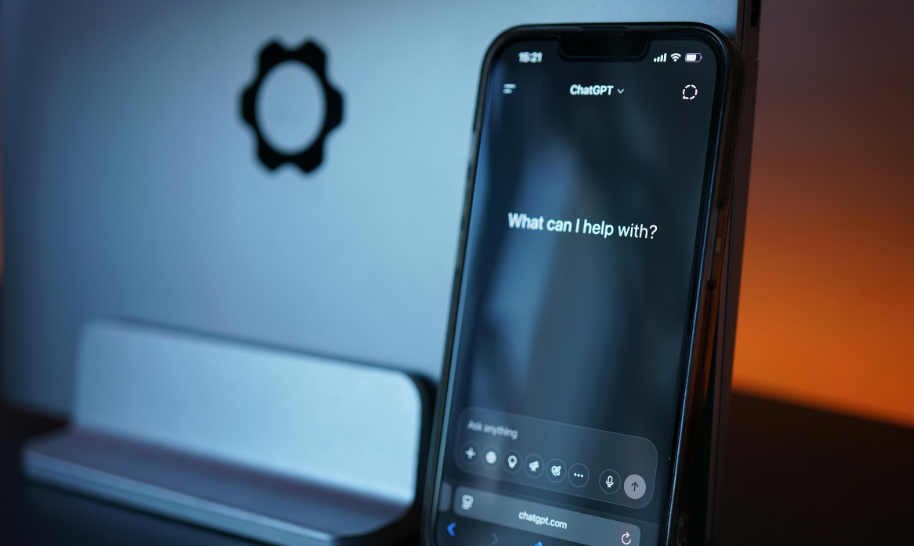Have you tried installing an older version of your favorite application, maybe Spotify, on your latest iPhone/Android? Doesn't feel nearly as snappy and polished compared to the newest up-to-date version; that's the difference application modernization makes for you!
For a business operating in this volatile, uncertain, complex, and ambiguous (VUCA) world, its steps today will govern whether it will dogfight obsolescence or stay at the forefront of cutting-edge innovation. And what better way to be the apple in your consumers' eye than application modernization; beyond everything, your application often becomes a crucial touchpoint between you & your potential customer; it has to be convincing & reliable.
One might argue that I have a perfectly working application, so why do I need to modernize it? Firstly, there's immense competition; if you don't, your competitors will, and your customers will feel left out. Secondly, present-day success doesn't make you future-proof.
What's Application Modernization?
At its core, application modernization is simply keeping up with evolution. It can involve revamping legacy applications, moving to the cloud, modernizing internal frameworks or architecture, feature packs, UI/UX improvements, etc.; there has to be a felt need or end goal that you are trying to achieve with application modernization to see a positive impact on your business.
Adobe commissions a study each year to determine the leading digital trends in customer experience (CX) for the future year. An annual trend consistently observed is the deepening and increasing immersion of digital customer engagement. However, there is more to application modernization than just happy customers; it fuels an organization-wide digital transformation that enhances the functionality of existing IT systems, improves organization agility, saves time by optimizing business processes, eliminates the need for human intervention in manual tasks, and countless other benefits.
An application might have served your business well in the past, but with time, it starts racking up technical debt, which is not merely the money you spent on its maintenance; it's the technical inefficiencies, constraints, and bottlenecks of the older systems which compound over time causing trouble in the long term. Software engineers and developers are often forced to make trade-offs between flawless code and the most effective techniques due to pressing deadlines, critical business necessities, and changing requirements. Modernizing can minimize this debt and free your IT staff to work on innovative projects rather than fixing bugs 24x7.
Application modernization opens up endless possibilities, and here's a peek at what it can achieve:
AI Integration:
According to Adobe’s 13th Digital Trends Report, in 2023, approximately 49% of agency-side staffers who are familiar with how organizations attempt to evolve and expand say their clients have AI, ML, or both. However, they either do not use them or do so unconsciously.
At an age where AI appears to be omnipresent, it's surprising that many organizations aren't making the most of their technological investments.
Recognizing usage patterns, voice assistants, spam filters, real-time translation, personalized recommendations, automating documentation, forecasting, etc., depending upon specific business needs by integrating AI, the overall utility of the application can be improved, resulting in better efficiency & higher satisfaction.
Better Security:
According to IBM’s Cost of Data Breach Report, the average cost of a data breach worldwide was $4.45 million in 2023, a 15% rise in three years.
One of the biggest perils of holding onto obsolete software is its susceptibility to hackers. Timely application modernization efforts, including firewall upgrades, encryption techniques, and secure authentication methods, can help protect private data and ensure conformity with the most recent privacy and security standards.
Optimized Operations:
Be it inventory management, well-recorded data, enhanced manpower planning, automated manual processes, lower error rates, etc., technology can make your processes more productive, resulting in savings in terms of cost, precious time, and resources.
Maintaining server infrastructure to support business applications can be a considerable expense for small businesses. While mid to large enterprises may have the resources to manage this cost center, maintaining it can still be pricey. With serverless computing, you won't have to manage the underlying technology infrastructure, focusing just on the code, resulting in significant cost savings.
Customer Retention & Experience:
According to Adobe’s Digital Trends Report 2023, 89% of the senior executives think customers continually reset their expectations for digital experiences to align with their most positive omnichannel encounters.
This statistic highlights an important point: customers' expectations have evolved dramatically, forcing businesses worldwide to perform up to a standard that rises somewhat every year. Your existing application may not have specific functionalities that your competitors might have; it can be a minor thing like a compare option or a particular mode of payment. This might lead to your customers moving to your competitors, and no one wants to miss out. Continuous application modernization ensures your customers get the latest features and stick around.
Types of Application Modernization:
Rehosting (lift & shift):
It entails transferring your apps from one hosting environment to another without incurring substantial modifications. i.e., migrating from an in-house to a cloud-based setup.
Refactoring:
Altering existing code to revamp internal attributes for greater efficiency without altering applications' external behavior.
Replatforming:
Migrating from one hosting platform to another while incorporating changes in the application to take full advantage of capabilities.
Rearchitecting:
Involves application architecture alterations to suit specific business requirements & improve scalability.
Rebuilding:
A fresh start involving rewriting the application in an advanced coding language.
Application containerization:
Segregating applications into individual packages, minimizing the computing power required, resulting in a more responsive and faster application.
Conclusion
Before embarking on the application modernization journey, taking a step back and evaluating your existing applications is non-negotiable. This entails delving deeply into their functionality, spotting bottlenecks, and assessing how they conform to your business processes. Equally crucial is ensuring that your modernization initiatives are aligned with your company objectives and anticipated return on investment (ROI).
Aligning modernization with your business goals guarantees that every technological upgrade positively impacts business growth, efficiency, and market competitiveness. The world doesn't stop, and innovation is no longer a distant possibility; it's just a matter of who does it first and rises above the competition; it's pure evolution!
Start the Conversation
We collaborate with companies worldwide to design custom IT solutions, offer cutting-edge technical consultation, and seamlessly integrate business-changing systems.
Get in TouchUnlock the power of AI and Automation for your business with our no-cost workshop.
Join our team of experts to explore the transformative potential of intelligent automation. From understanding the latest trends to designing tailored solutions, our workshop provides personalized consultations, empowering you to drive growth and efficiency.
Go to Workshop DetailsExplore Our Latest Articles
Stay abreast of what’s trending in the world of technology with our well-researched and curated articles
View More InsightsCost Breakdown to Build a Custom Logistics Software: Complete Guide
Global logistics is transforming faster than ever. Real-time visibility, automation, and AI...
Logistics Software Development Guide: Types, Features, Industry Solutions & Benefits
The logistics and transportation industry is evolving faster than ever. It’s no longer...
From Hurdle to Success: Conquering the Top 5 Cloud Adoption Challenges
Cloud adoption continues to accelerate across enterprises, yet significant barriers persist....
Gen AI for HR: Scaling Impact and Redefining the Workplace
The human resources landscape stands at a critical inflection point. Generative AI in HR has...




